“How a building can make people feel so emotional is pretty incredible”: Mary McCartney on If These Walls Could Sing
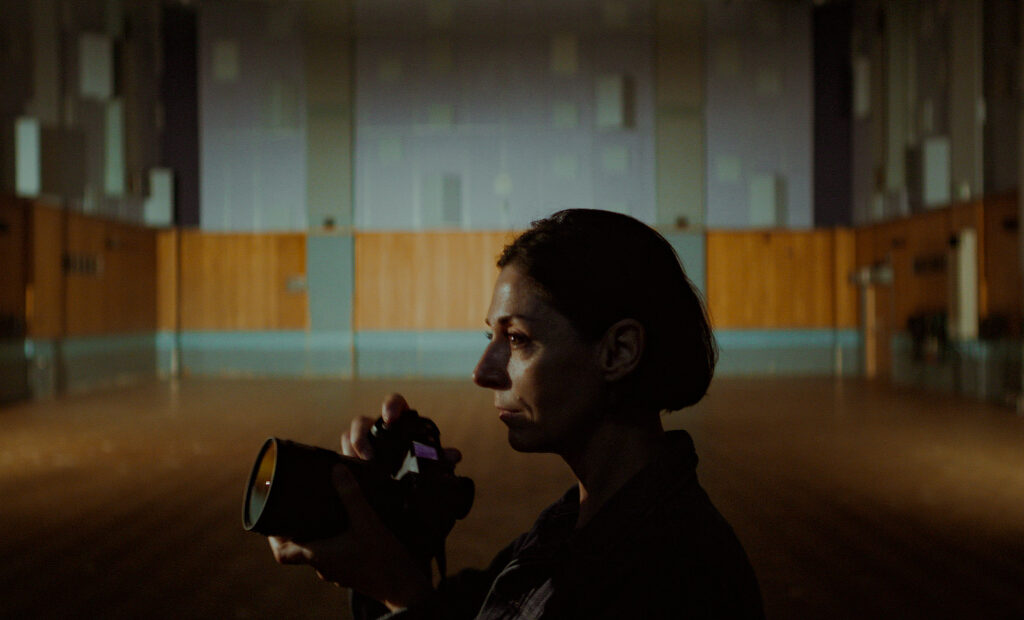
If These Walls Could Sing is a Disney+ release that documents 90 years worth of history at the iconic Abbey Road Studios in London, where musical icons such as The Beatles, Pink Floyd and Elton John, amongst many other names, have come and gone and recorded some of the most monumental pieces of musical legacy. Mary McCartney – writer, photographer and daughter of The Beatles’ own Paul McCartney – puts into good use her knowledge of film and photography, alongside anecdotes and stories provided by her interviewees, in this directorial feature-length film debut.
McCartney grew up surrounded by the four walls of Abbey Road which she visited time and time again as her parents worked and recorded music. The place is not only nostalgic to her because of the musical history, but also the memories of her late mother, Linda McCartney, from old photographs to stories told by long-time employees of the studio. The Upcoming caught up with the director ahead of the release of the film to discuss potential party scenes at Abbey Road, her dad’s thoughts on the documentary and capturing the imagination of younger audiences with music from a different era.
How long has the idea for If These Walls Could Sing been in the making for?
I think that they have been looking to make a documentary about Abbey Road for a while. For whatever reason, it hasn’t come together until now. But I was actually approached by the producers to direct it and it took me a minute. At first, I kind of hesitated. I was wondering whether it was almost a bit too close, and throughout my career, I’ve always really gone and done my own thing. I thought for my first piece it’d be something different and then do something like this. But actually, I’m a huge documentary watcher – I love documentaries and I think the ones that are really successful are when it hits something close to the director’s heart. I realised I’ve got so much history here so this definitely fits the bill. Also, I didn’t know [the recording studio] was 90 years old, so I was intrigued to really delve in and find out the history.
What was the atmosphere like in Abbey Road when you visited? Because from watching the documentary, it sounds like it was all work rather than play. What tales of rock and roll excess were there?
Similar to what you’re saying, I would be like, “Oh, would you all intermingle from the studio and party?” [expecting] all these crazy stories. But actually, it unfolded that it is a recording studio, and the reason we know about it is because so many seminal songs are recorded here. That’s because the musicians weren’t here partying, taking drugs, etc. They were here creating, and the engineers and producers were here by their side, and they were concentrating on the art and the music. Rather than rock and roll excess stories, it’s more like stories of instruments being here and previous things inspiring people. Like, they had a lot of comedy recordings here, so they’ve got this archive of sound effects and those kinds of things worked their way into Dark Side of the Moon or Yellow Submarine, things like that. Those were the more interesting stories, not so much partying. The most rock and roll it got was David Gilmore saying they had to try and break into the fridge one day because everything was locked and they wanted some milk from the canteen! It’s not that kind of recording studio. There was this mutual respect; the artists were obviously partying a bit more [but] that didn’t seep its way into the studio and they didn’t bring the engineers into it. There was sort of a separation and professionality about being here. I mean, when you’re in the studio, it’s a creative space. There were definitely creative differences, but even the Pink Floyd section – David Gilmore and Roger Waters famously don’t hang out now, they’re not pals – but in interviewing them both, I felt that there was a mutual creative respect, and that maybe their disagreements actually pushed them within the music. So, in a way, I think that comes about: even though they were having rows, it still benefitted the music.
Let’s talk about the 90-year-long history of Abbey Road. Was it hard trying to choose the guests and decide which story you wanted to tell in this documentary?
It was overwhelming… I sat down with my team and we were like, “Right, I got a pad of paper and pen”, and we wrote down everything that had happened. I stuck it around the walls and it was just so much; there was just so much history – so many recordings – here. Then it was a bit like, “Well, how are we going to fit this in? And how am I going to make it something interesting for the viewer that doesn’t just feel like a history lesson [but] actually feels emotional for that person to watch?”. The things I do in my photography, I like them to have a personal touch and have a casual kind of conversational feeling to them. But then it jigsawed itself together naturally. I wanted to cover the classical area; I found out that Edward Elgar and Jacqueline du Pré all came together through the Elgar Cello Concerto. Then with the film section, John Williams agreed to be interviewed and he’s just the most amazing composer for film, he could own that whole section. So, it did jigsaw together naturally, thankfully. But it was a lot of work.
What are your standout memories from going to Abbey Road as a child and were there any photographs that you came across?
I think my standout memories are always seeing people outside writing on the wall or having pictures on the zebra crossing, and always kind of looking at those people and thinking, “Wow, I wonder what their story is and why they’ve come all the way here, travelled from afar to be here”. It felt quite like it was really meaningful to them so that always meant something to me. Then coming in, it’s sort of like a family feeling with the people that worked here. They work really long hours and really hard that they’re all here for the same love of music, I think. [I would wander] in and see mum and dad – like they’d be having a lunch break or something – and they’d get the kids to come along and say hi. Definitely that picture; seeing the picture of my mum leading the pony across the zebra crossing was something that I really wanted to put in the documentary because, obviously, she’s not here anymore. Those kinds of things are reminders of exactly how individual and passionate she was about animals and just like [how] she was a rulebreaker in the right way. There were some beautiful photographs but not as many as I thought there’d be. Because recording studios, you don’t really photograph. People come in to make music so you’re not really meant to record or film things – it’s not really how it’s done. Therefore, a lot of this documentary relied heavily on the interviews to be strong and to really give the story. The pictures over the years – it was funny. There was one – because I didn’t realise the recording history and that, before, things were recorded straight onto the disc through a horn, like a megaphone. The band and everybody and the orchestra would be all around that horn and you just move people forward and back depending how loud you wanted them to be. It would go into that and they’d cut the disk straight from that. Those kinds of things I thought were quite crazy. I didn’t really know much about recording history.
You’re into photography yourself. How did it feel filming in the same place where your mum had taken some of those photos? Was it emotional for you and was there a connection there?
Yeah, it was. It’s always a little emotional walking in here and reminiscing about past times. Also, there are still pictures on the wall of wings and a really great gallery of photographs throughout Abbey Road of the people that have recorded here in the past. That’s always great. A lot of the people here, when I took it on – certain people who’ve been here for ages pulled me aside and were like, “We really remember your mum and how inclusive she was and how great she was” and that definitely brought a tear or two to my eye on several occasions. Some people are too nice and go, “Oh, we really liked her, she’d just come into the canteen and have a cup of tea with us and have a chat”. I kind of loved it but also, it would make me sad.
Nostalgia and memories: the film’s central focus is towards that kind of feeling. Because this is coming out on Disney+ and their audience is geared towards the younger generation, what do you think these viewers can take away from If These Walls Could Sing and what will draw them into watching the film?
When I started working on this, it didn’t have a platform. So, when it was picked up by Disney+, I was happy because it’s the first documentary I’ve done and it’s incredible to have a documentary that you know people can watch and is going to be accessible to everybody. At a time when there’s a lot of news that can be quite sad or depressing – this is a feel-good documentary, ultimately. It’s about music; music influences us and it takes you back. You can hear a song and it transports you to a time. It’s emotional and it has depth. But ultimately, it feels good. It makes you feel like you want to listen to music and be together. I actually made this with the younger generation in mind. But also, I think the thing about Abbey Road is that it does encompass all age groups. It’s still a very active studio today so I wanted it to be quite current and include the younger audience because I think it will introduce a lot of the music to [them]. The thing about here is that they’re recording to such a great standard, the recordings sound really fresh. I think a lot of people will listen to it and they’ll go back to the catalogue – a lot of the musicians that are here – and I think it will revive and refresh and bring a lot of people to those musicians like Pink Floyd. Although, my kids – my fourteen-year-old – when I was making this, I came home and he was listening to Dark Side of the Moon. It’s one of his favourite albums and he didn’t realise it was recorded here. It is somewhere that does appeal to all age groups. I didn’t have to put it to one generation in particular.
Well, sometimes parents can be such huge critics! What was your dad’s overall feedback?
I was really nervous showing it to him. He saw it when it was finished, we saw it when I went to see the sound mix. I took him to a cinema to go and watch it and I was sitting with him and was like, “Oh my goodness, I hope he likes it”. He really liked it. The next day he was at an event and somebody [said]: “I saw your dad and he was talking about the documentary for ages.” So I was like, “That’s good, I’m happy”. I mean, it’s somewhere that he’s really passionate about, so I think when he heard I was doing the documentary, he was really pleased and it brought back – it made him think about Abbey Road again and a lot of the stories. He brought me a lot of stories and told me about a lot of things. I was lucky a lot of people said yes to being interviewed, whereas if they hadn’t, I’m not sure what documentary I would’ve had. The fact that they did and they all had something really heartfelt to say about the studio I think is a testament to the building. How a building can make people feel so emotional is pretty incredible.
You’ve done the family legacy work: you’ve done photography and culinary on your mum’s side, and now you’re dabbling in music. Do you think this is the start of you being more involved in the musical sphere?
I don’t know. I think it was this story. For me to do a documentary, it needs to be something that I’m passionate about. The more I thought about Abbey Road, for many, many different reasons, this is somewhere that really is close to my heart. When I walk in, even to this day, I have an emotional feeling about this place. I’ve loved the process; I definitely want to direct more. I don’t know what that will be, but whatever it is, it will need to be something that I’m passionate about.
Mae Trumata
Image: Mary McCartney/Tim Cragg
If These Walls Could Sing is released on Disney+ on 6th January 2023.
Watch the trailer for If These Walls Could Sing here:


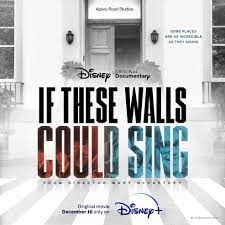
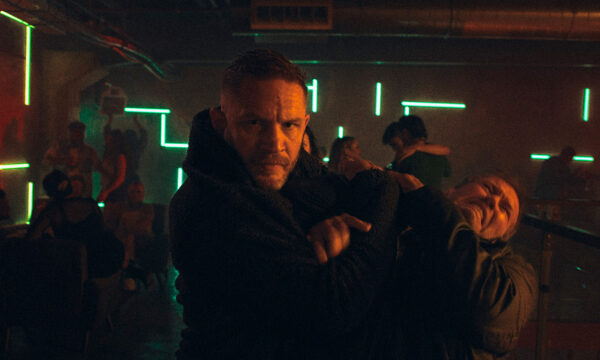
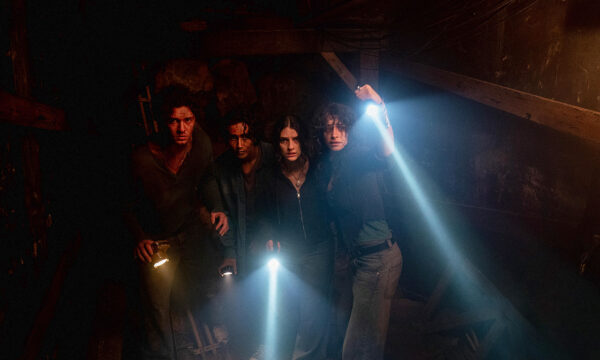
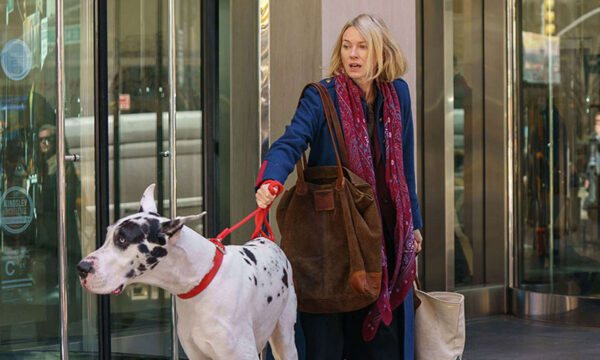
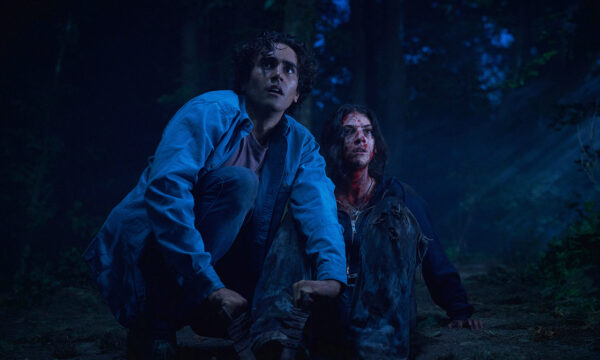
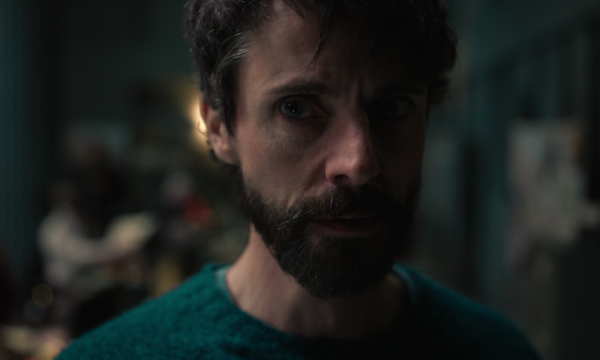
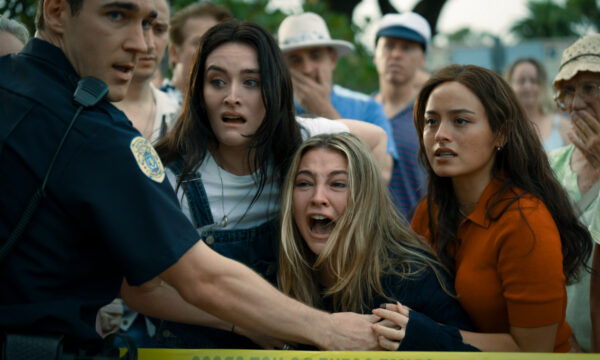
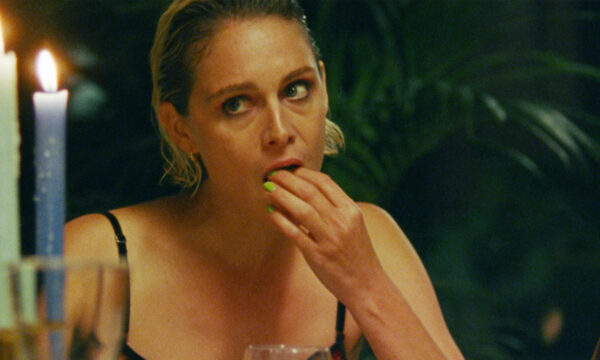
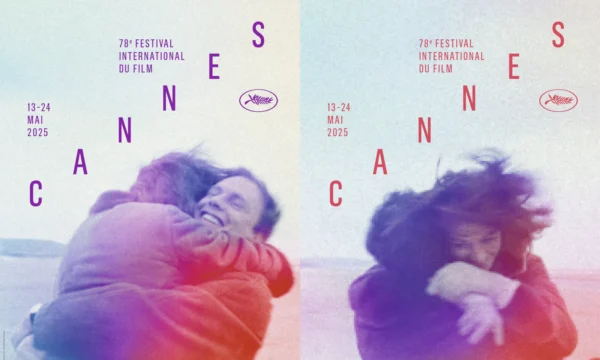
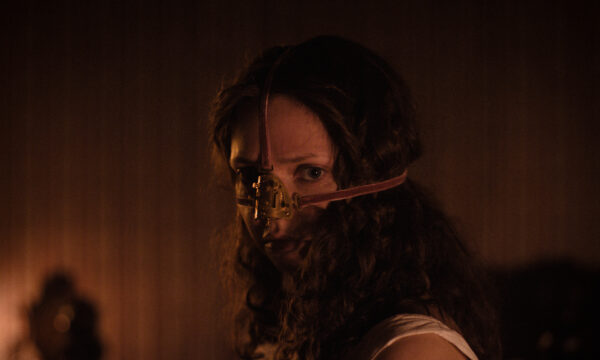













Facebook
Twitter
Instagram
YouTube
RSS